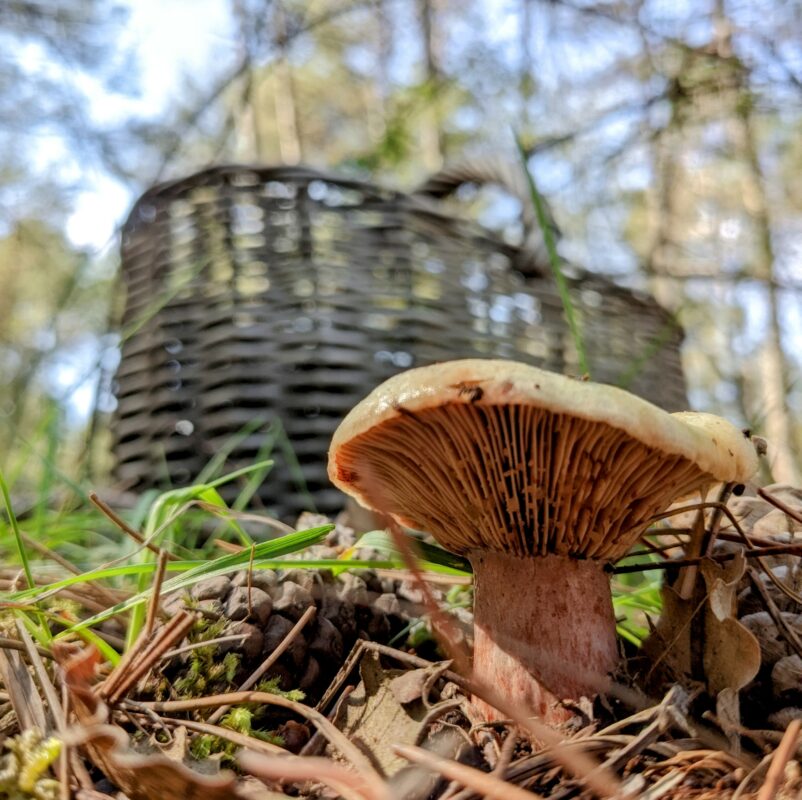As shown by the results of the evaluation of the potential mushroom production through the combination of predictive models, spatial optimization, and forest remote sensing information based on LiDAR technology
Mushroom production models were integrated into optimized forest planning and the result is a significant increase compared to current forest conditions
High-resolution remote sensing technology applied to the forestry sector is a very important data source for assessing the productive capacity of forests in terms of wooden and non-wooden ecosystem services. A new study, recently published by researchers Adrián Pascual (University of Maryland) and Sergio de Miguel (CTFC researcher and professor at the University of Lleida) in the journal Science of The Total Environment, shows the evaluation of the potential benefits of forest planning based on production models and LiDAR technology to increase mushroom production.
The study was carried out in a forest area with important cultural and economic values linked to mushrooms. With the applied technology, different forestry alternatives were evaluated to increase mushroom production, with an optimized 5-year plan, incorporating temporal and spatial criteria and objectives.
“Mushroom production can increase by 18% over current conditions if the entire area is treated,” says Adrián Pascual. Sergio de Miguel adds that “the model used integrates criteria to optimize the selection of stands or action areas for silvicultural treatments, to maximize the benefit in terms of joint production of mushrooms and wood in forest management.” The evaluation of the production potential provides valuable information on forest management and planning for decision-making to those responsible for its application. “In this case, the focus has been on mushrooms, but the applied technology would allow for supply assessments of other non-wooden ecosystem services,” concludes Sergio de Miguel.
More information:
Evaluation of mushroom production potential by combining spatial optimization and LiDAR-based forest mapping data. Adrián Pascual, Sergio de-Miguel, Science of The Total Environment, Volume 850, 2022, 157980, ISSN 0048-9697, https://doi.org/10.1016/j.scitotenv.2022.157980
Last modified: 25 November 2022










